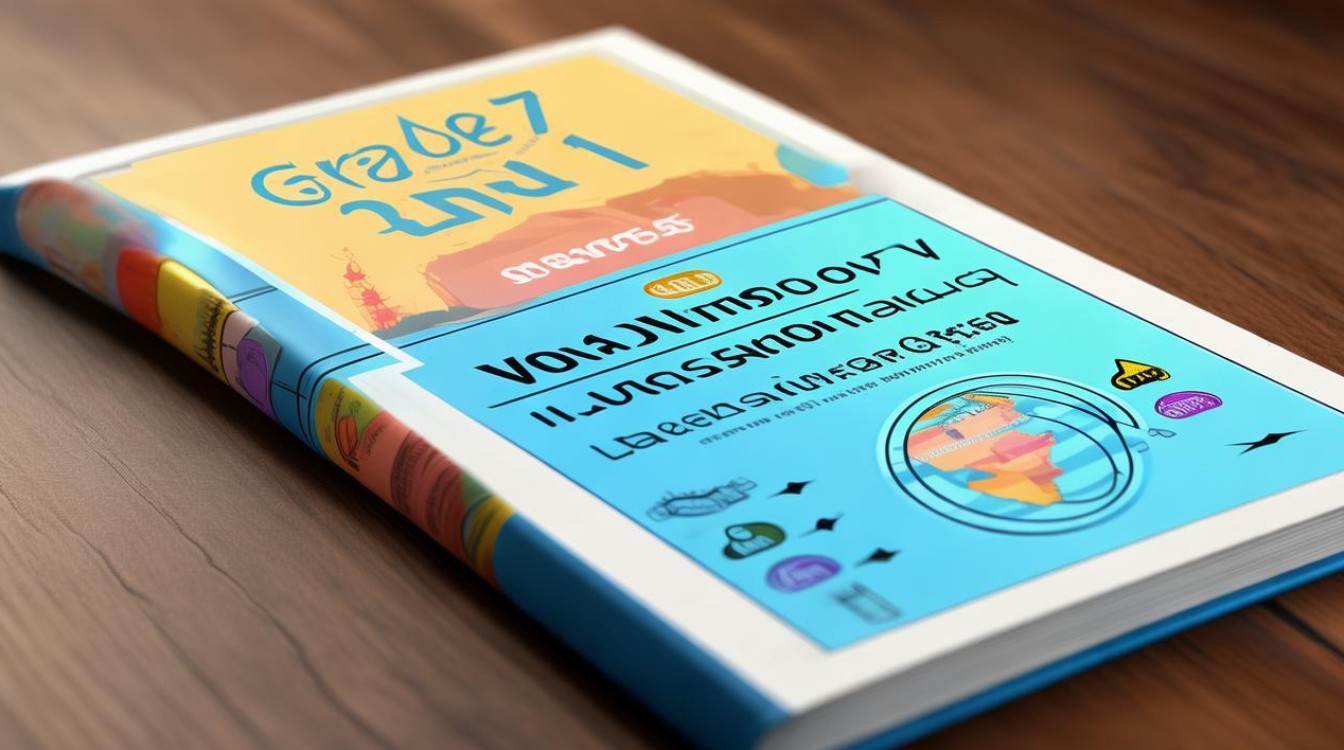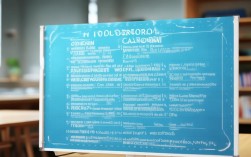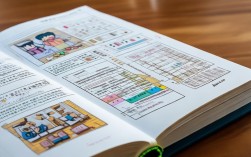掌握七年级英语单词是打好语言基础的关键一步,将词汇科学分类能够帮助学生建立清晰的记忆框架,避免零散背诵的混乱,本文按照实用场景和词性特点,将七年级高频词汇分为八大类别,并附具体应用示例。
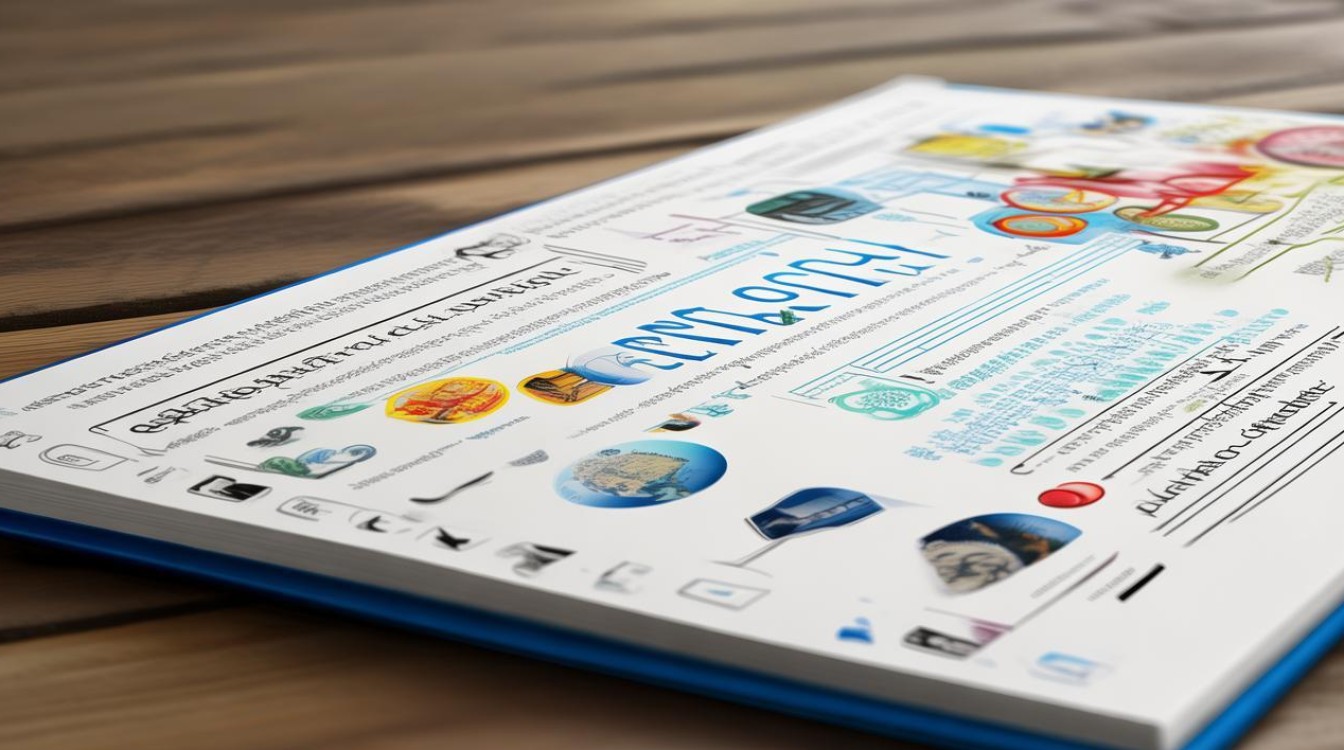
基础日常用语
这类词汇构成英语交流的基石,覆盖问候、告别、感谢等高频场景:
- 问候语:hello, hi, good morning/afternoon, how are you
- 回应用语:fine, thank you, welcome, sorry
- 基础问答:what, where, when, who, why (Who is your teacher?)
记忆技巧:将对话场景可视化,如模拟课堂问候或商店购物,搭配手势强化记忆。
校园场景词汇
与学校生活紧密相关的单词可进一步细分为:
- 学科名称:math, science, history, geography
- 学习用品:notebook, ruler, calculator, dictionary
- 场所设施:classroom, library, playground, laboratory
应用示例:
"We have geography class in the laboratory every Thursday."
家庭与人物称谓
家庭成员和身份类词汇需注意单复数变化:
- 直系亲属:father/mother, son/daughter, brother/sister
- 扩展亲属:uncle, aunt, cousin
- 职业称谓:teacher, doctor, driver, student
易错点提示:parent(单数指一位家长)与parents(复数指父母双方)的用法区别。
数字与时间表达
- 基数词与序数词:
- 1-100基数词(one, two, twenty-three)
- 序数词变形规则(first, second, third, twelfth)
- 时间描述:
- 时刻表达(7:15 → seven fifteen 或 a quarter past seven)
- 周期词汇(week, month, year, season)
实用练习:用英语描述课程表时间安排。
常见动词分类
按使用频率可分为动作动词与状态动词:
- 基础动作:run, eat, write, study, play
- 感官动词:see, hear, feel, smell
- 助动词:can, may, must, will
语法注意:感官动词后常接形容词(The cake smells delicious)。
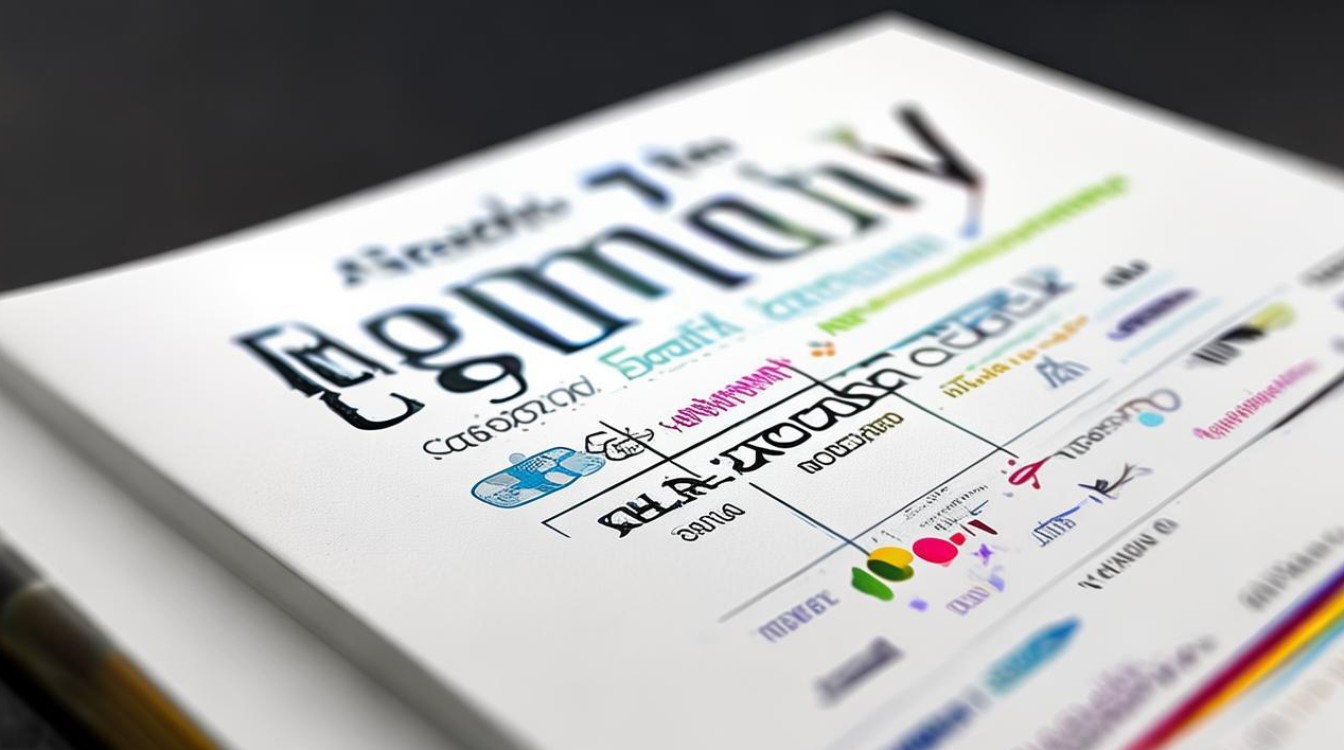
形容词与反义词组
通过对比记忆提升效率:
| 形容词 | 反义词 |
|---------------|----------------|
| tall | short |
| happy | sad |
| expensive | cheap |
| difficult | easy |
扩展用法:形容词比较级(taller, more difficult)需结合具体语境练习。
食物与健康词汇
涵盖饮食和身体状况的实用词汇:
- 食物分类:
- 水果:apple, banana, strawberry
- 蔬菜:carrot, tomato, potato
- 健康短语:
have a fever, drink water, take medicine
场景应用:模拟餐厅点餐或医院问诊对话。
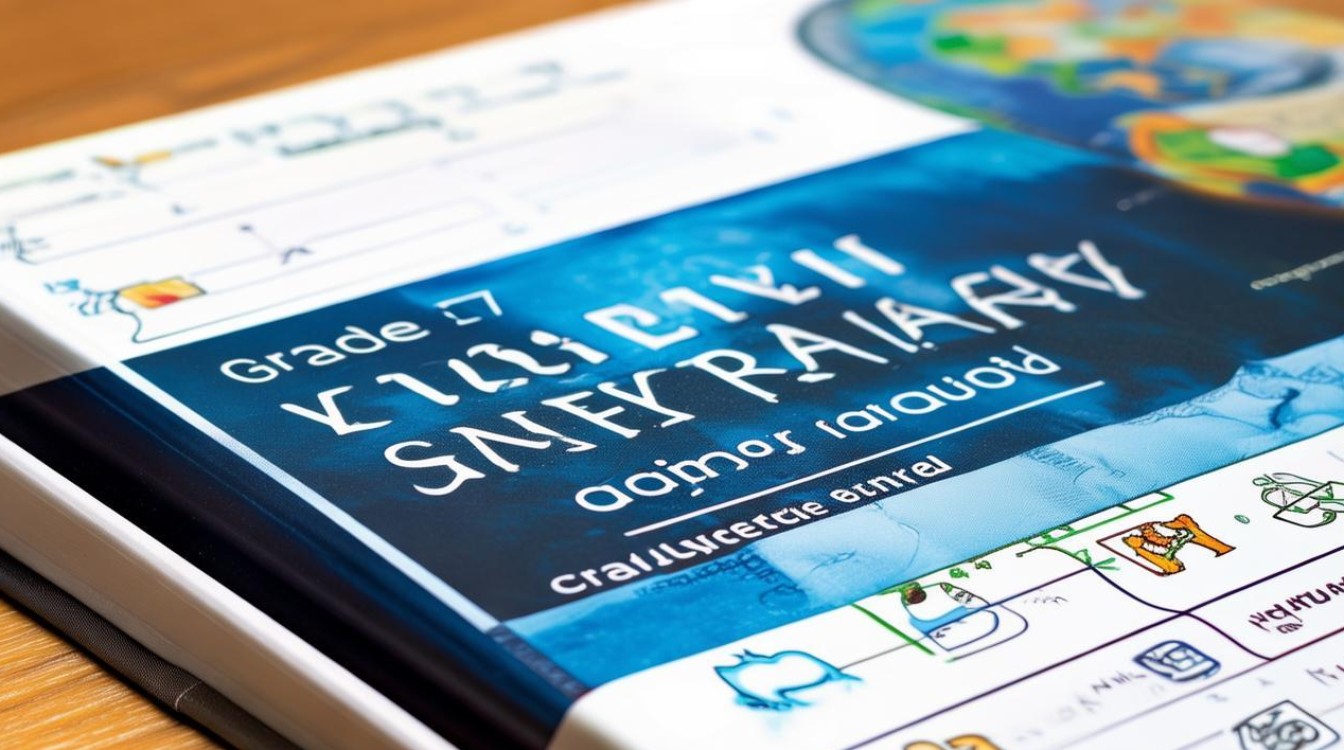
地点与方位介词
结合地图练习以下词汇:
- 公共场所:hospital, supermarket, park, station
- 方位介词:
- 静态位置:in, on, under(The book is on the desk)
- 动态方向:to, from, into(She walks to school)
视觉化建议:用房间平面图标注物品位置关系。
系统分类记忆能减少30%以上的重复背诵时间,建议每周专注一个类别,通过造句、思维导图或闪卡测试巩固学习效果,英语能力提升如同搭建房屋——单词是砖块,分类法则是确保每块砖放在正确位置的蓝图。

